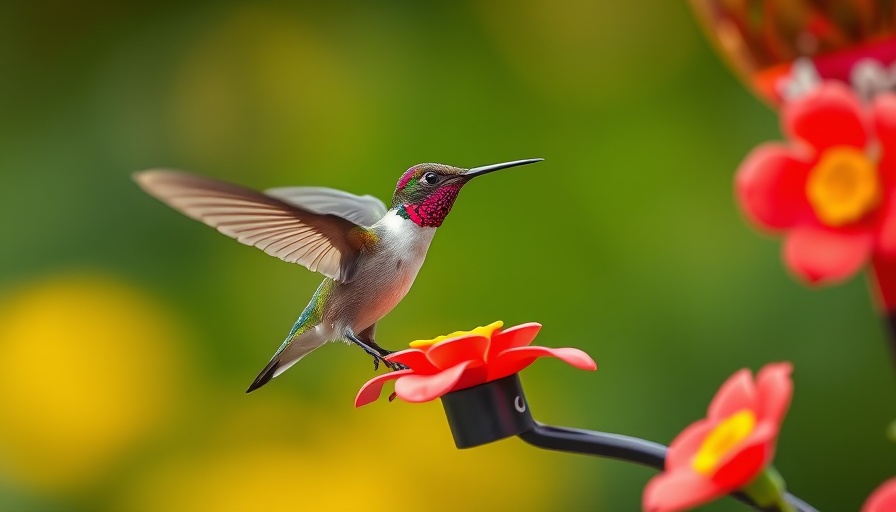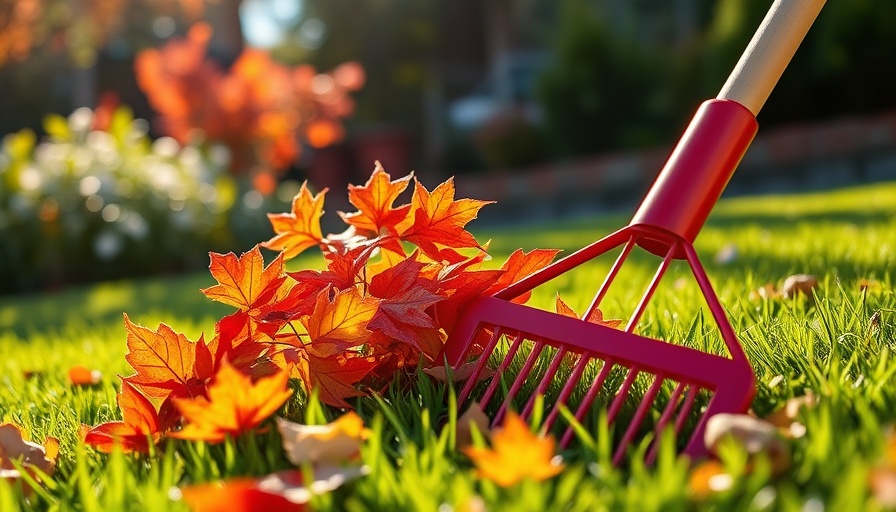
Understanding Yard Work Noise Regulations
Have you ever woken up to the jarring sound of a leaf blower or lawnmower before sunrise? For many, such disruptions can feel invasive, especially when they occur at hours when most people are trying to catch some sleep. But how early is too early for yard work? The answer isn't as clear-cut as it might seem.
Local Noise Ordinances: What You Need to Know
Local noise ordinances differ across cities and municipalities, often determining when residents can engage in noisy outdoor work. Corey Buescher, an expert from Frontdoor, notes that these rules typically reference clock times rather than the natural day-night cycle. In many areas, loud yard work like mowing or using leaf blowers is considered acceptable starting around 7 AM or 8 AM. If you’re eager to get a head start on your garden, consider quieter activities like weeding or planting until the clock strikes the social norm for noise.
Decibel Levels of Yard Equipment: The Unseen Impact
The decibel levels produced by yard work equipment can be startling. According to Southwestern Vermont Medical Center, devices like leaf blowers and weed wackers reach sound levels between 85 to 100 decibels. Such noise levels aren’t just annoying; prolonged exposure could lead to hearing damage for both workers and unsuspecting neighbors, highlighting the importance of choosing the right time to use such equipment.
How to Research Local Guidelines
Finding out how early you can handle noisy yard work is easier than you think! Simply search online with queries such as "Brooklyn New York noise ordinance,” and official municipal websites will provide you with clear guidelines. For example, New York City permits loud yard work on weekdays from 8 AM to 7 PM and weekends from 9 AM to 6 PM.
Respecting Neighbors: The Etiquette of Yard Work
When wielding power tools in your yard, consider the etiquette that comes with it. While getting your outdoor chores done is important, respecting your neighbors’ peace matters too. Avoid early morning noise and plan your yard work during socially acceptable hours to maintain a peaceful neighborhood atmosphere. This not only helps you avoid potential capers with local ordinances but also fosters good relations with your neighbors, who might appreciate your forethought.
Best Practices for Loud Yard Work
Beyond just adhering to local laws, establishing best practices when engaging in loud yard work can go a long way. Here are handyman tips to remember:
- Know the rules: Always familiarize yourself with local ordinance times to prevent disruptions.
- Communicate: If you need to work during non-standard hours for a special situation, let your neighbors know in advance.
- Use noise-canceling aids: Earplugs or noise-canceling headphones can help manage noise levels for yourself and prevent further complaints.
A Look at Neighborhood Norms
Part of understanding when to begin yard work is also about recognizing the unspoken norms in your community. In some areas, a 7 AM start might be standard, while in others, pushing it to 9 AM might be more acceptable. Engaging in conversations with your neighbors can lead to better insight into their schedules and tolerance for noise, ultimately leading to a more harmonious living arrangement.
Conclusion: Timing Your Yard Work Wisely
Timing is everything, and this is especially true when it comes to yard work. Being informed about local noise ordinances, respecting your neighbors, and planning your chores can greatly enhance your home maintenance experience. By choosing the right time to begin your noisy projects while remaining vigilant about your surroundings, you not only fulfill your own yard work needs but also promote a supportive neighborhood spirit. So, before you rev up that lawnmower, take a moment to evaluate your environment and respect the peace—your neighbors will thank you!
 Add Row
Add Row  Add
Add 



Write A Comment